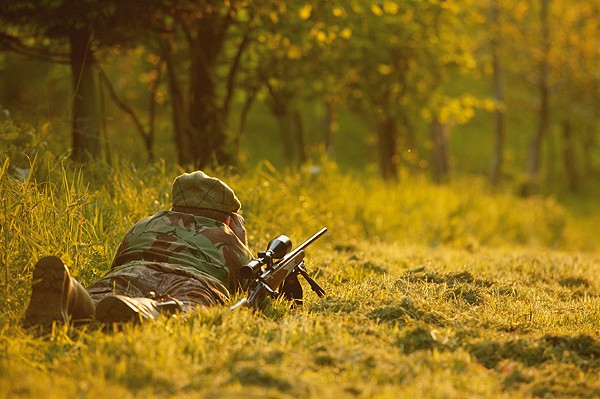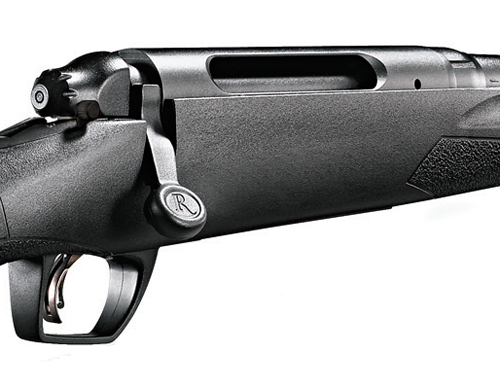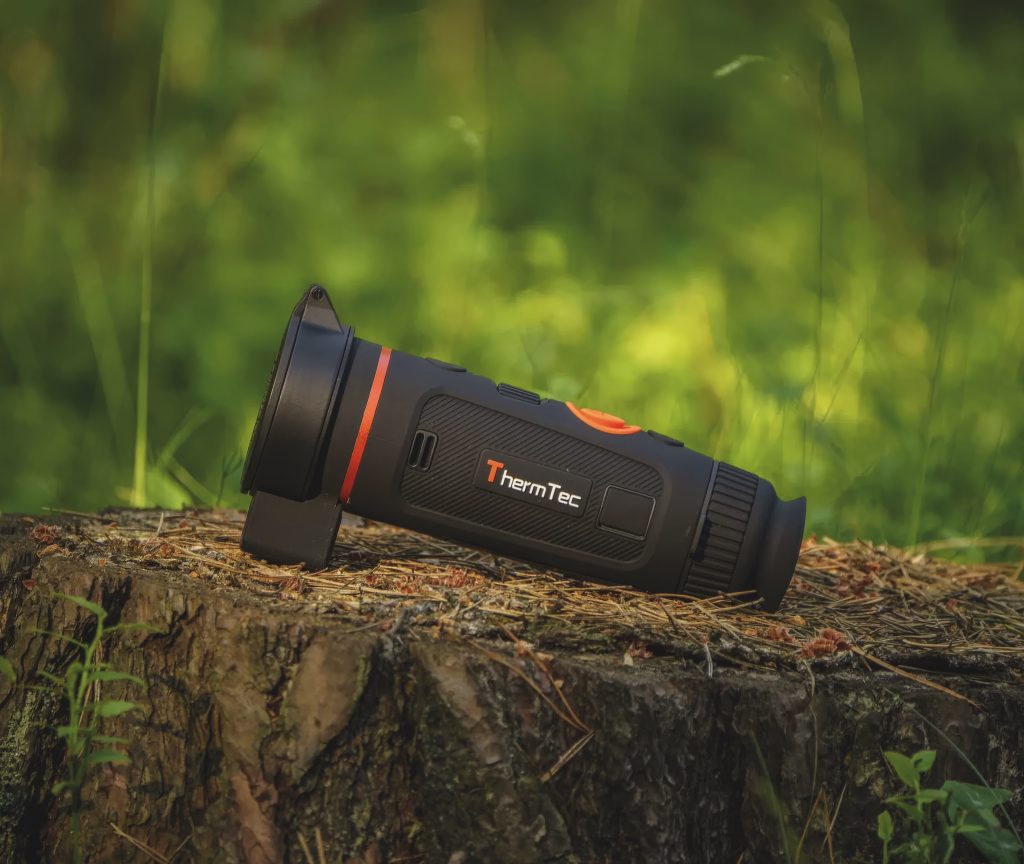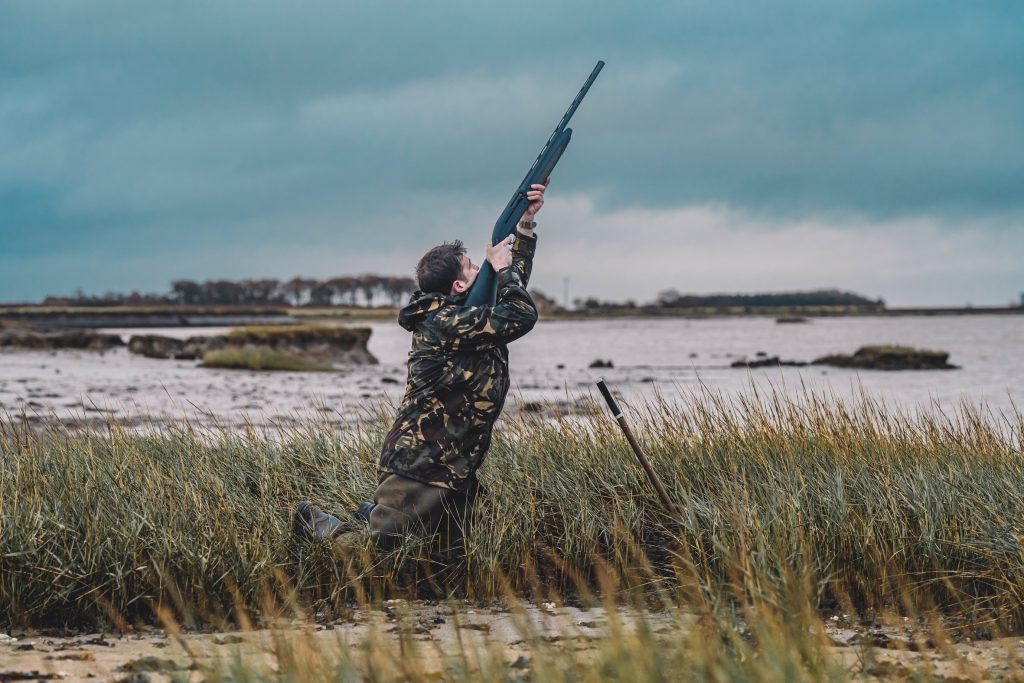Second-hand rifle buying guide: If you’re after a used rifle, Bruce Potts’ checklist will put you, not the salesman, in…
Win CENS ProFlex DX5 earplugs worth £1,149 – enter here
What’s a good second-hand rifle for deer stalking?

Q: I want my son to come out stalking with me; he is keen and a good shot. Can you recommend a good-value second-hand rifle? Will any brand be OK providing the rifle meets the right specifications, and if so what specifications should I be looking for?
A: It is always good to have a shooting buddy and even better that it is your son. Learning technique and fieldcraft as well as sharing the great outdoors to build memories are such important parts of learning that will see him through his shooting life.
Choosing a good second-hand rifle for stalking actually has become more difficult these days because there are so many really good rifles out there. Shooters will often trade up for the latest model, so a good, almost unused, model can be bought quite reasonably.
Calibre choice
I would first consider the calibre that will fit your deer species as this could influence your choice — for example, if you only have muntjac and Chinese water deer, a .22 centrefire, a .222, a .223 or .22-250 would be fine. It would also double as a good fox rifle. If you have the chance at roe as well, then legally in England and Wales you need to start at 0.240 minimum calibre, so practically a .243 Winchester would be good. With the proper bullets the .243 Win would also suit fallow or red, but personally I prefer a .308 Win, 6.5×55 or 7×57 for these species.
With this sorted, you will have narrowed the choice of rifles. I certainly would look at second-hand Tikka T3, Browning A or X-Bolt rifles as well as Ruger M77 and the Howa 1500 series of rifles. These are good-quality bolt-action rifles available in varying styles or stock material and light or heavy barrel configuration — the choice is dictated by whether you are sitting in a high seat or walking a lot.
Condition of the bore is critical to good accuracy and a gunsmith should be able to show you the bore with bolt removed to reveal no rust, little wear to the rifling and, importantly, no rust or scratches around the muzzle end. Don’t be scared to ask about the provenance of the rifle — who owned it before, a keeper or an enthusiast; the latter will probably have less use. BP
Shooting Times notes:
There are plenty of good used rifles on the market today, primarily because as a new model appears, many shooters trade in their old rifle.
If they are not using it in a professional capacity — as a forester, ranger or gamekeeper — then the rifle is unlikely to have had a hard life, and bargains can be found.
Check the second-hand stock at your local gunsmiths in order to handle many different types of rifle to find the one that suits your stature and build.
It is vital that a careful check of any rifle is made before purchase to make sure that the barrel is not rusty or worn, and that the muzzle crown is not damaged.
The bolt must operate smoothly and the trigger be set at a safe pull. Also check that the magazine feeds correctly, using rifle snap caps, and finally, make sure the stock is not cracked around the magazine well and pistol grip area.
Related Articles
Get the latest news delivered direct to your door
Subscribe to Shooting Times & Country
Discover the ultimate companion for field sports enthusiasts with Shooting Times & Country Magazine, the UK’s leading weekly publication that has been at the forefront of shooting culture since 1882. Subscribers gain access to expert tips, comprehensive gear reviews, seasonal advice and a vibrant community of like-minded shooters.
Save on shop price when you subscribe with weekly issues featuring in-depth articles on gundog training, exclusive member offers and access to the digital back issue library. A Shooting Times & Country subscription is more than a magazine, don’t just read about the countryside; immerse yourself in its most authoritative and engaging publication.








